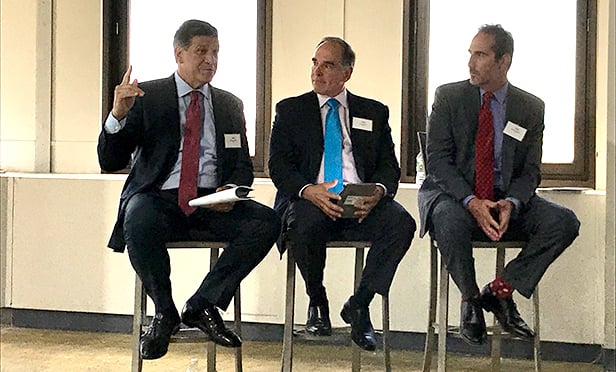Levin released the results of its annual, technology-focused June poll of retailers within its 95-property, 13 million-square-foot portfolio.
“In today's changing environment, which is so strongly influenced by e-commerce and socio-economic shifts, the message 'adjust or go home' has become clear,” says Matthew K. Harding, Levin Management president. “The good news is that we continue to see our tenants embracing new ways to reach and service their customers, and ultimately draw them into their stores.”
Recommended For You
Want to continue reading?
Become a Free ALM Digital Reader.
Once you are an ALM Digital Member, you’ll receive:
- Breaking commercial real estate news and analysis, on-site and via our newsletters and custom alerts
- Educational webcasts, white papers, and ebooks from industry thought leaders
- Critical coverage of the property casualty insurance and financial advisory markets on our other ALM sites, PropertyCasualty360 and ThinkAdvisor
Already have an account? Sign In Now
*May exclude premium content© 2025 ALM Global, LLC, All Rights Reserved. Request academic re-use from www.copyright.com. All other uses, submit a request to [email protected]. For more information visit Asset & Logo Licensing.









